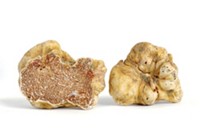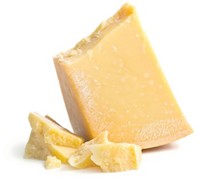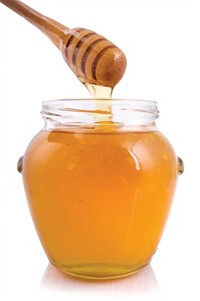Advertisement
Grab your lab coat. Let's get started
Welcome!
Welcome!
Create an account below to get 6 C&EN articles per month, receive newsletters and more - all free.
It seems this is your first time logging in online. Please enter the following information to continue.
As an ACS member you automatically get access to this site. All we need is few more details to create your reading experience.
Not you? Sign in with a different account.
Not you? Sign in with a different account.
ERROR 1
ERROR 1
ERROR 2
ERROR 2
ERROR 2
ERROR 2
ERROR 2
Password and Confirm password must match.
If you have an ACS member number, please enter it here so we can link this account to your membership. (optional)
ERROR 2
ACS values your privacy. By submitting your information, you are gaining access to C&EN and subscribing to our weekly newsletter. We use the information you provide to make your reading experience better, and we will never sell your data to third party members.
Analytical Chemistry
How Pure Is Your Pomegranate Juice?
Chemical Analysis: New method measures organic acids to ensure juices are not adulterated
by Rajendrani Mukhopadhyay
March 3, 2011

Was the pomegranate juice you drank really as pure as its label claimed? Researchers have now developed a method to conclusively test whether expensive fruit juices have been adulterated with cheaper ones (J. Agric. Food Chem., DOI: 10.1021/jf104527e).
To make sure juices are authentic, researchers usually test for signature organic acids such as grape juice's tartaric acid and apple juice's malic and quinic acids. But the routine analysis, liquid chromatography coupled to ultraviolet detection, often gives false readings, has trouble detecting low levels of the acids, and struggles with reproducibility. As a result, confusion reigns over whether pure pomegranate juice contains tartaric acid, making it difficult to determine if some brands of pomegranate juice are unscrupulously topped off with grape juice.
So analytical chemist Stefan Ehling and biochemist Shannon Cole at the Grocery Manufacturers Association, a trade group, developed a liquid chromatography-mass spectrometry approach that is highly sensitive and unequivocal in identifying the organic acids. The investigators use a special chromatography column that separates polar organic acids.
With their method, the researchers confirmed that pomegranate juice does contain tartaric acid but at low levels: between 1 and 5 mg/L. Pomegranate juice adulterated by grape juice, by contrast, contains more than 50 mg/L of tartaric acid. And so, Ehling says, high levels of tartaric acid in supposedly pure pomegranate juice would indicate that something's not quite right.
This article originally was published with incorrect units in the final paragraph. The correct units are mg/L.





Join the conversation
Contact the reporter
Submit a Letter to the Editor for publication
Engage with us on Twitter